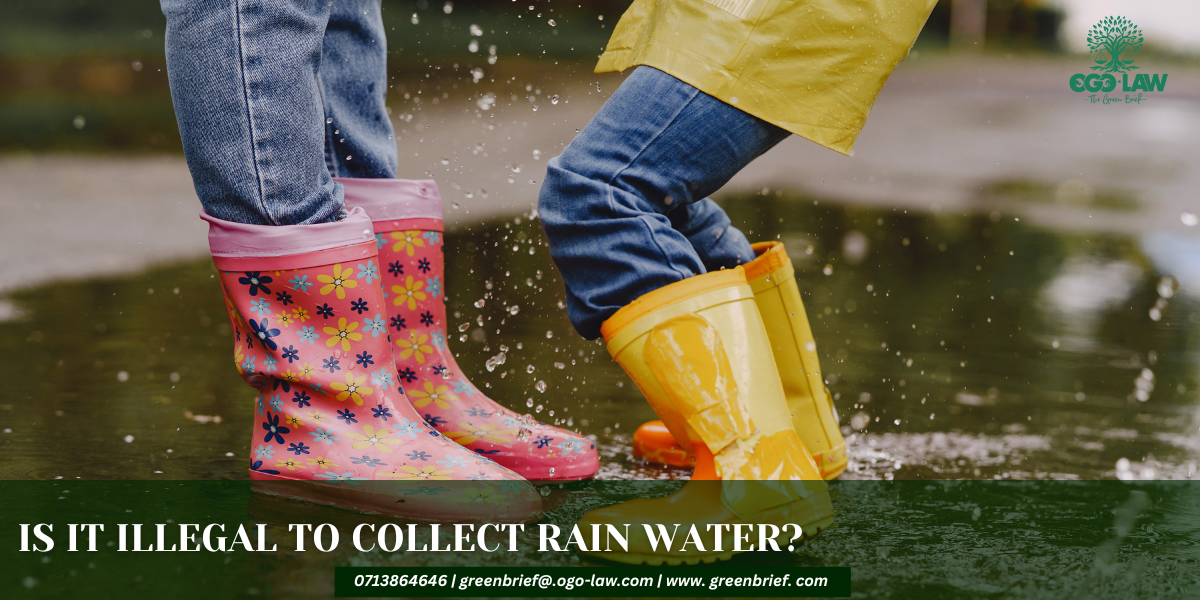The term “greenwashing” was coined by Jay Westerveld, an environmentalist, in 1986. This is after he had taken a trip to Fiji in 1983 and during his stay at a hotel he encountered a note urging the guests to reuse towels in the guise of environmental conservation while at the same time, the same hotel was in the middle of an expansion to make way for their business which involved significant environmental disruption. This contradiction by the said hotel highlighted the hotel’s primary intent to cut costs rather than genuinely conserve natural resources. This experience led him to writing an essay in 1986 using the term “greenwashing” to describe such deceptive practices as a criticism of the “save the towel” campaign by hotels at that time.
So what is “greenwashing”? Greenwashing is the deceptive practice of companies, brands or even governments conveying a false impression or providing misleading information about how their products, services or overall operations are environmentally sound. It aims at making consumers, investors and the general public believe that their products or services are more eco-friendly than they truly are. The term greenwashing is derived from the combination of “green” which refers to practices that minimize harm to the environment and promote sustainability and “whitewashing” which refers to a deliberate attempt to conceal unpleasant facts about something.
In the 1980s and early 2000, greenwashing was seen in industries like hospitality and automotive. Currently, it has become more widespread with various sectors employing marketing strategies to appear environmentally friendly. For instance, a government can come up with a programme for planting trees in the entire country while quietly proposing to initiate a coal power plant that has detrimental effects to the environment as well as social, economic and cultural impacts to the people. It can also be a company that is conducting net-zero campaigns or save the planet campaign while at the same time continuing with their extraction of fossil fuels at the detriment of ecological sustainability. It can also mean a small fast food restaurant promoting the use of paper straws while at the same time packaging their products in single-use plastics.
So how do you spot greenwashing? While the list is not exhaustive you can spot such acts when perhaps a company is using imagery that is commonly associated with environmentalism but is really not into using products or providing services that are eco-friendly. It can also include companies stating that they are certified and using phrases such as ‘certified green’ to imply that they are recognized to have met environmental standards yet there is no actual evidence of them being eco-friendly. Therefore, in a world where the term “green” sells very quickly, there are high chances that it is prone to misuse thus turning sustainability efforts into another marketing strategy.
Environmental sustainability requires collective effort and thus we should not sit and let polluters keep on polluting just because they did a one good deed such as a campaign to save the planet yet every other day they are harming the environment at the expense of the people and the environment. So the next time you see a brand flaunting their “eco-friendly credentials”, do not be quick to buy into their marketing strategy but first do your due diligence and call them out when you have proof that they are speaking from both ends of their mouth.




